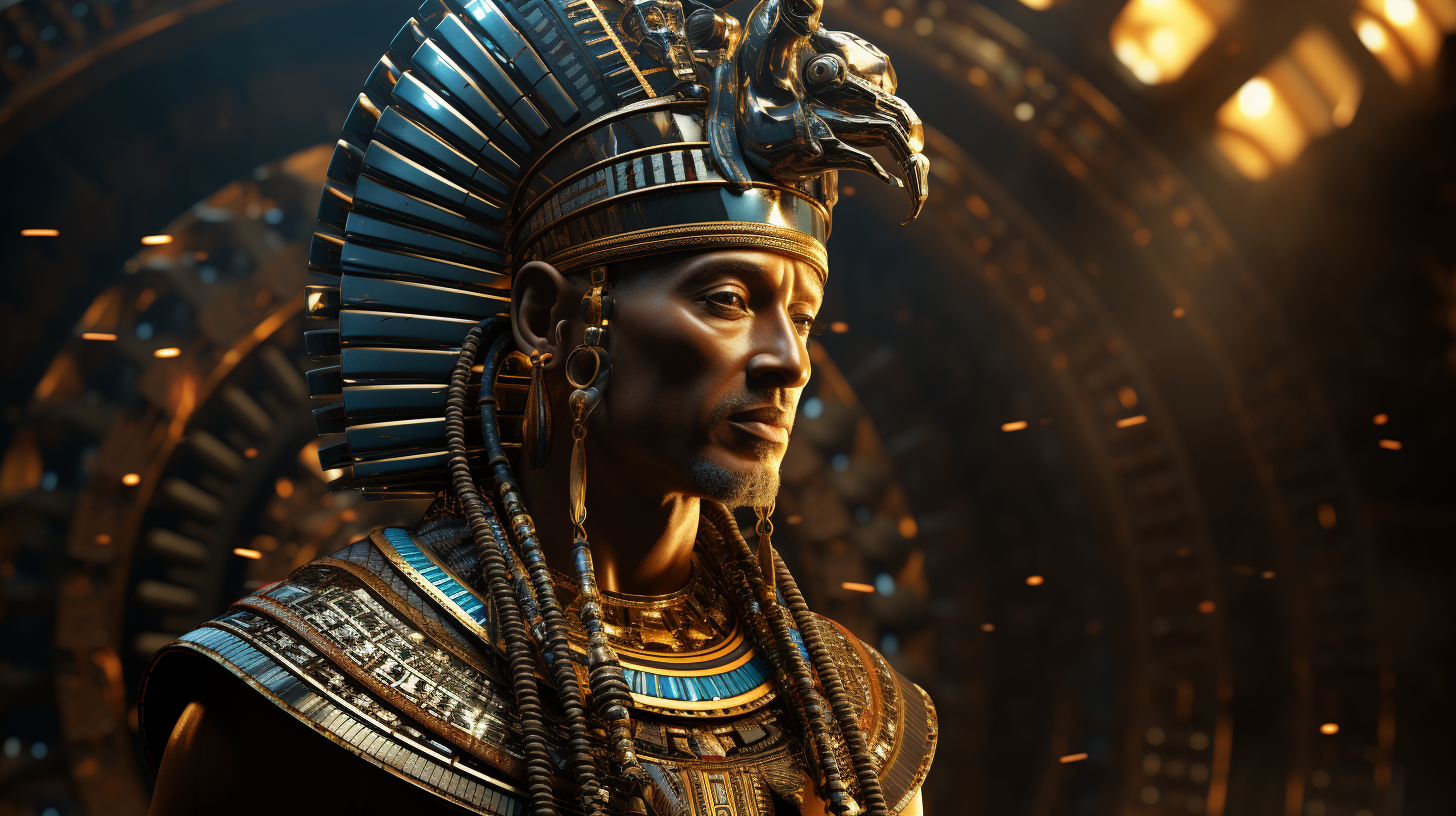Introduction
The pages of history are adorned with enigmatic tales that challenge our understanding of the past. Among these stories, the mummified remains of ancient civilizations have long fascinated researchers and storytellers alike. An intriguing connection between ancient aliens and King Tutankhamun’s mummified DNA has sparked discussions about the possibility of resurrection and the secrets hidden within our ancestral genes.
A Breakthrough in Forensic Science
In 2008, in the heart of Juarez, Mexico, Dr. Alejandro Hernandez Cardenas revolutionized forensic science with a groundbreaking technique. In a town known for its violent reputation, Dr. Cardenas developed a method to rehydrate the flesh of mummified corpses, unveiling previously hidden features. His innovative approach breathed new life into unidentified victims, allowing scars and tattoos to become recognizable once more. This “jacuzzi” of rejuvenation, containing a secret chemical formula, immersed mummified remains in its 60-gallon depths, gradually restoring their lifelike appearance.

King Tut’s Ancient Blood Reimagined
This scientific quest for revival isn’t new. In 1968, Robert Connolly, a researcher from the University of Liverpool, embarked on an extraordinary experiment involving Egypt’s illustrious pharaoh, King Tutankhamun. Connolly’s audacious endeavor aimed to regenerate the blood of the millennia-old mummy. By combining antigens from a skin sample of King Tut with his own blood cells, Connolly reconstructed the pharaoh’s blood type, shedding light on the genetic traits of ancient civilizations.
The Clues Within DNA
Building upon Connolly’s work, modern scientists ventured deeper into the realm of DNA. The search for King Tut’s true genetic code led to astonishing discoveries. The tantalizing question emerged: Could mummification have served as a method of preserving genetic information? Some theorists posit that ancient astronauts imparted this knowledge to the Egyptians, perhaps foreseeing the potential for advanced scientific achievements. The ability to clone mummies and revive them from their genetic slumber has become an enticing yet controversial prospect.
The Quest for Resurrection
As the mysteries of King Tut’s mummified DNA unfold, speculations arise about the ultimate purpose of this intricate preservation. Could it be that ancient civilizations were aware of a future where technology would bridge the gap between life and death? Visionaries like David Wilcock propose that through the resurrection of mummified individuals, memories and experiences from their past lives could also be revived. This tantalizing idea raises profound questions about the boundaries of life, death, and the continuity of consciousness.
Revealing Our Alien Origins
The link between ancient aliens and the mummified DNA of King Tut invites us to contemplate our origins with fresh perspectives. Could our ancestors have been guided by extraterrestrial beings to encode their genetic legacy within mummies? This provocative hypothesis propels us into the realm of possibility, urging us to explore the extent of our technological prowess and the secrets that may lie dormant within our genetic code.
Video:
Conclusion
The saga of King Tut’s mummified DNA intertwines science, history, and speculation in a mesmerizing narrative. From the arid landscapes of ancient Egypt to the laboratories of modern forensic pioneers, the journey to unveil the secrets of our ancestors is an ongoing quest. While the resurrection of the dead remains a distant aspiration, the exploration of mummification’s potential legacy fuels our curiosity and drives us to uncover the enigmatic threads that connect us to the past – and perhaps, to beings from beyond our world. As the veil of time continues to lift, the truth about our alien ancestors may one day be revealed, reshaping our understanding of who we are and where we come from.

16 thoughts on “Unraveling Ancient Mysteries: King Tut’s Mummified DNA and the Quest for Resurrection”
Comments are closed.